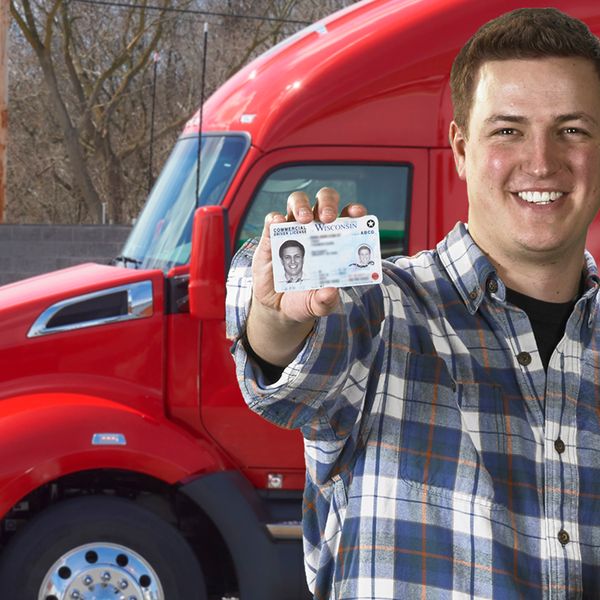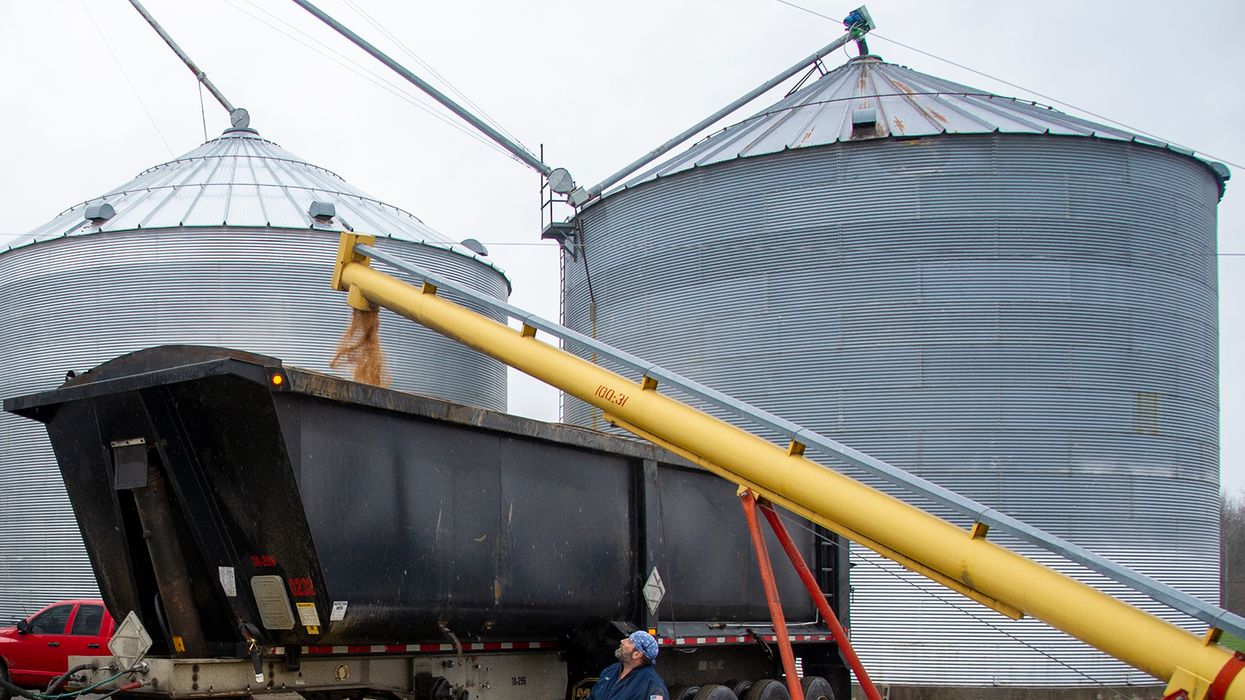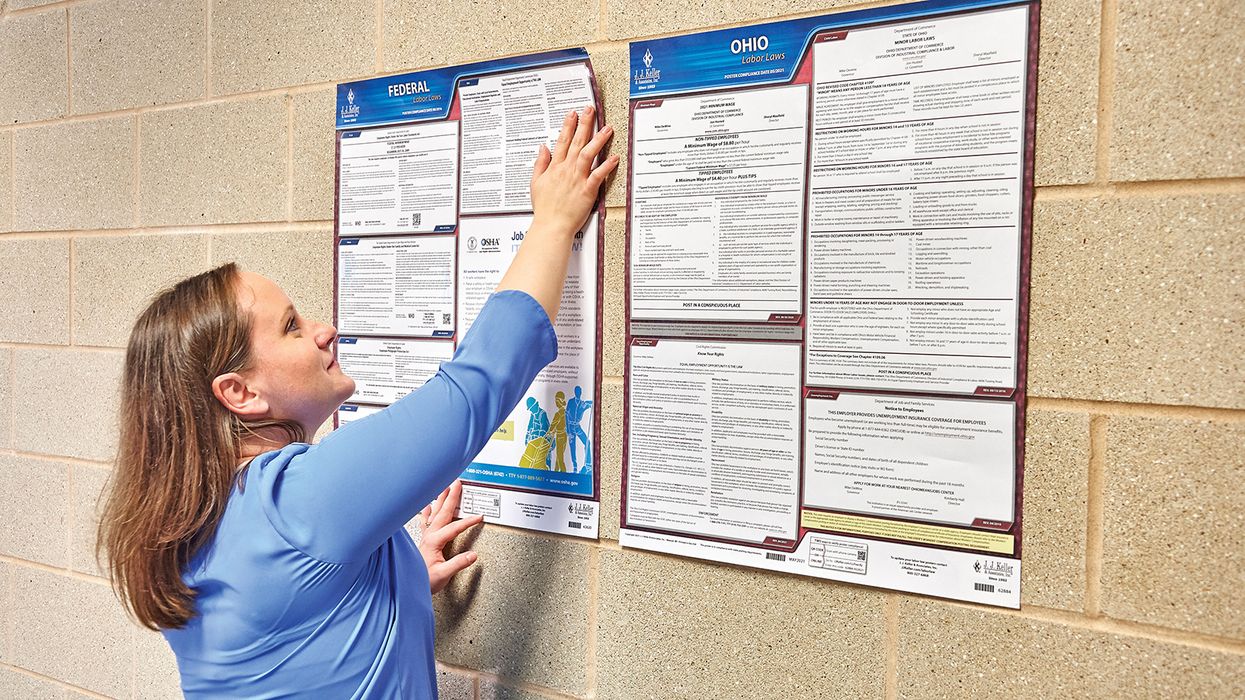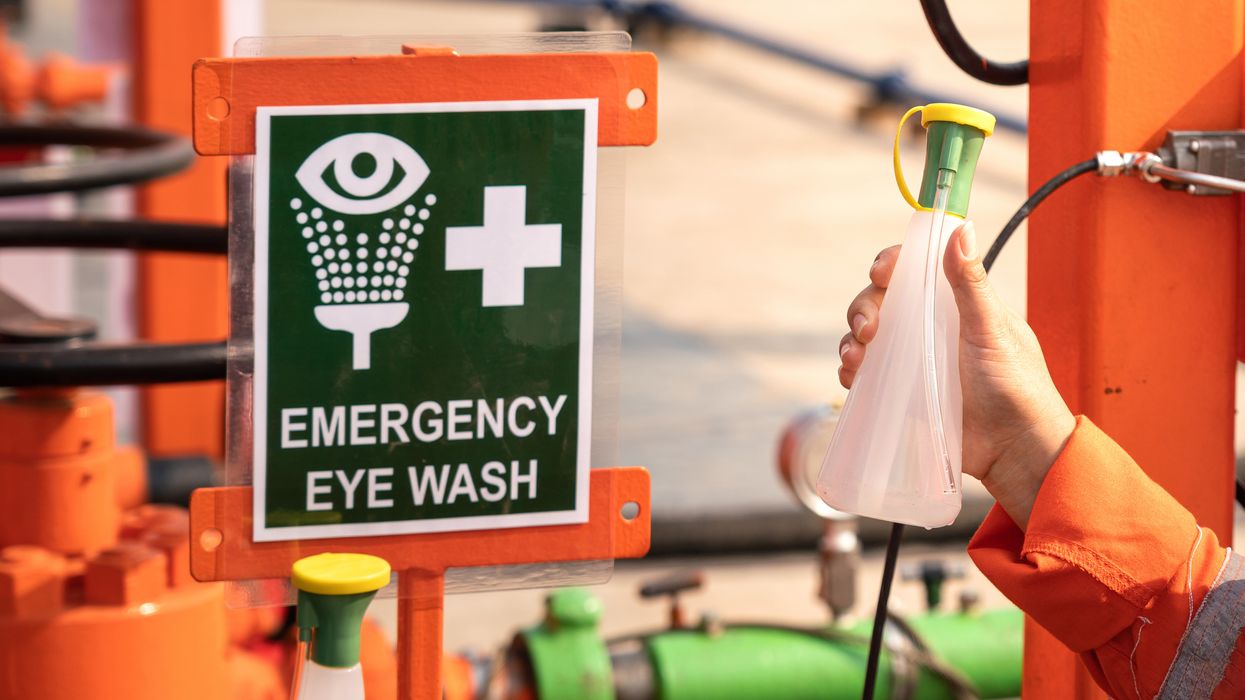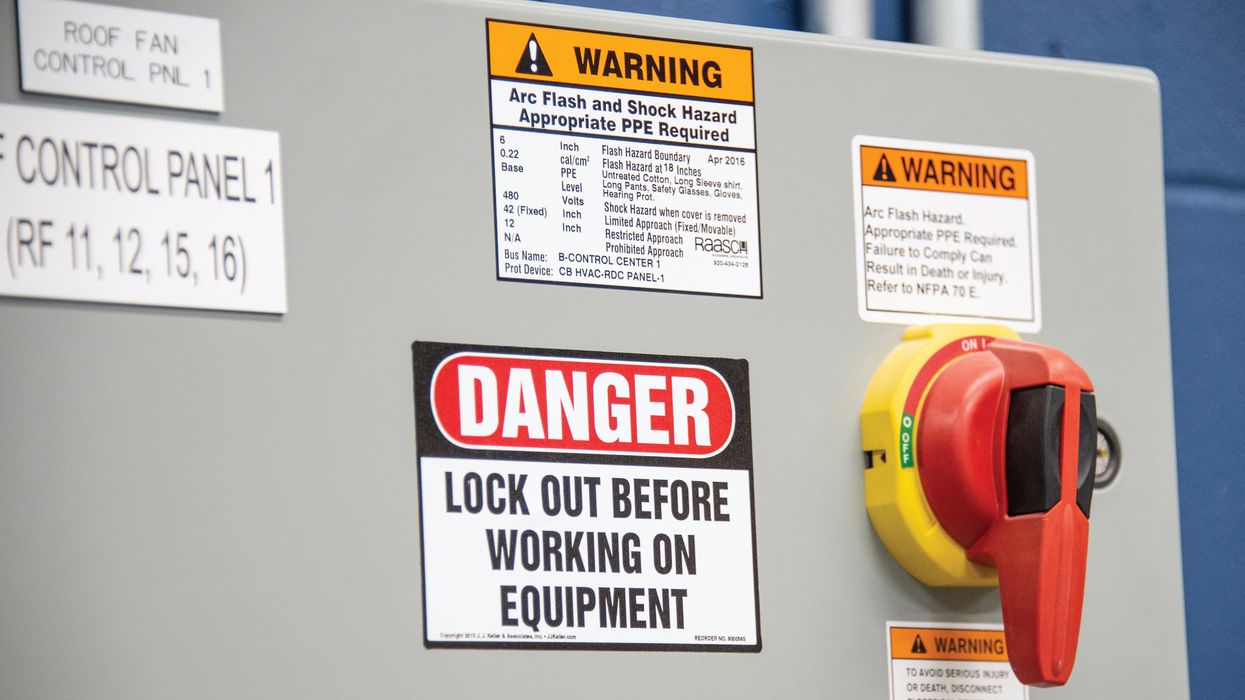House cleaning: How a driver’s D & A record becomes spotless
Which statement is true? A driver’s Drug and Alcohol Clearinghouse record is wiped clean five years after a violation, or the violation stays on the driver’s record indefinitely.
The answer: It depends. The truth lies somewhere between.
Removal of data
Drivers who violate DOT testing rules under 49 CFR Part 382 are reported to the Clearinghouse and will have this blemish on their record until the following criteria are met:
- A substance abuse professional (SAP) reports an initial assessment and successful treatment/education and eligibility to return to duty; AND
- An employer or consortium/third-party administrator (C/TPA) reports a negative return-to-duty test; AND
- A current employer reports completion of the follow-up testing program; AND
- Five years pass since the original violation.
What is reported about the CDL driver shows up when an employer investigates the driver’s drug and alcohol history. Employers are required to query the Clearinghouse when a CDL driver is hired in a safety-sensitive position and annually thereafter. They must use what is learned through these queries to determine if the driver is eligible to operate a commercial motor vehicle (CMV) and/or needs to complete additional steps.
Sample scenarios
Let’s say a driver has gone through treatment and passed the return-to-duty and all follow-up tests within 14 months of the violation. Steps 1 through 3 above were reported to the Clearinghouse. The driver’s Clearinghouse record will continue to show information about this violation for a little less than four years — until five years have elapsed since the original violation.
Suppose another driver doesn’t go for treatment until six years after a violation. Item #4 is already satisfied as soon as the driver completes steps 1 through 3. The violation should come off the Clearinghouse record as soon as the employer reports the completed follow-up program.
Timely reporting
A lot relies on accurate and timely reporting. Each party in the steps above has deadlines to report information.
- SAPs are instructed to report initial assessments and eligibility to return to duty by the close of the business day following the event; and
- Motor carriers and C/TPAs must report negative return-to-duty tests and completed follow-up testing by the close of the third business day following the date on which they learned the condition was met.
If a motor carrier or its C/TPA fails to provide up-to-date information, it might give the appearance that the driver didn’t complete required steps, which will cause problems for the driver and carrier.
Delay in removing prohibited status
If the employer or C/TPA neglects to report a negative return-to-duty test, the driver remains in a prohibited status in the Clearinghouse. A prohibited status results in a downgraded CDL until the state hears otherwise. Any delay affects the driver’s CDL privileges.
During a roadside inspection, enforcement will:
- Check the driver’s Clearinghouse status. The carrier will be cited for 392.15, using a driver in a prohibited status.
- Run a motor vehicle record. The carrier will be cited for using a driver who is not properly licensed (383.23). And the driver will probably receive a traffic citation for not having the appropriate license.
Both roadside inspection violations will:
- Result in the driver being placed out service;
- Impact the carrier’s Compliance, Safety, Accountability (CSA) data; and
- Appear on the driver’s Pre-employment Screening Program report.
During a routine traffic stop (not a roadside inspection), enforcement will see a downgraded CDL. If operating a CDL CMV at the time, it will result in a traffic citation for the driver. The driver is prevented from operating the vehicle since it violates state law.
Key to remember: Specific steps, along with time, are the only means of scrubbing a Clearinghouse record clean. If parties fail to report completed steps, the driver’s Clearinghouse record will be inaccurate when employers and enforcement query the database.





